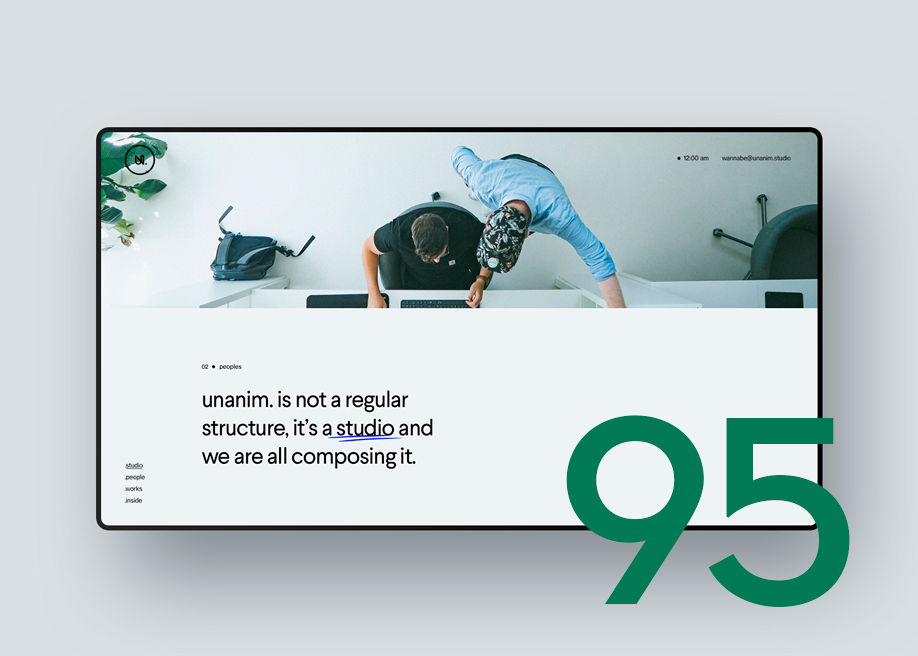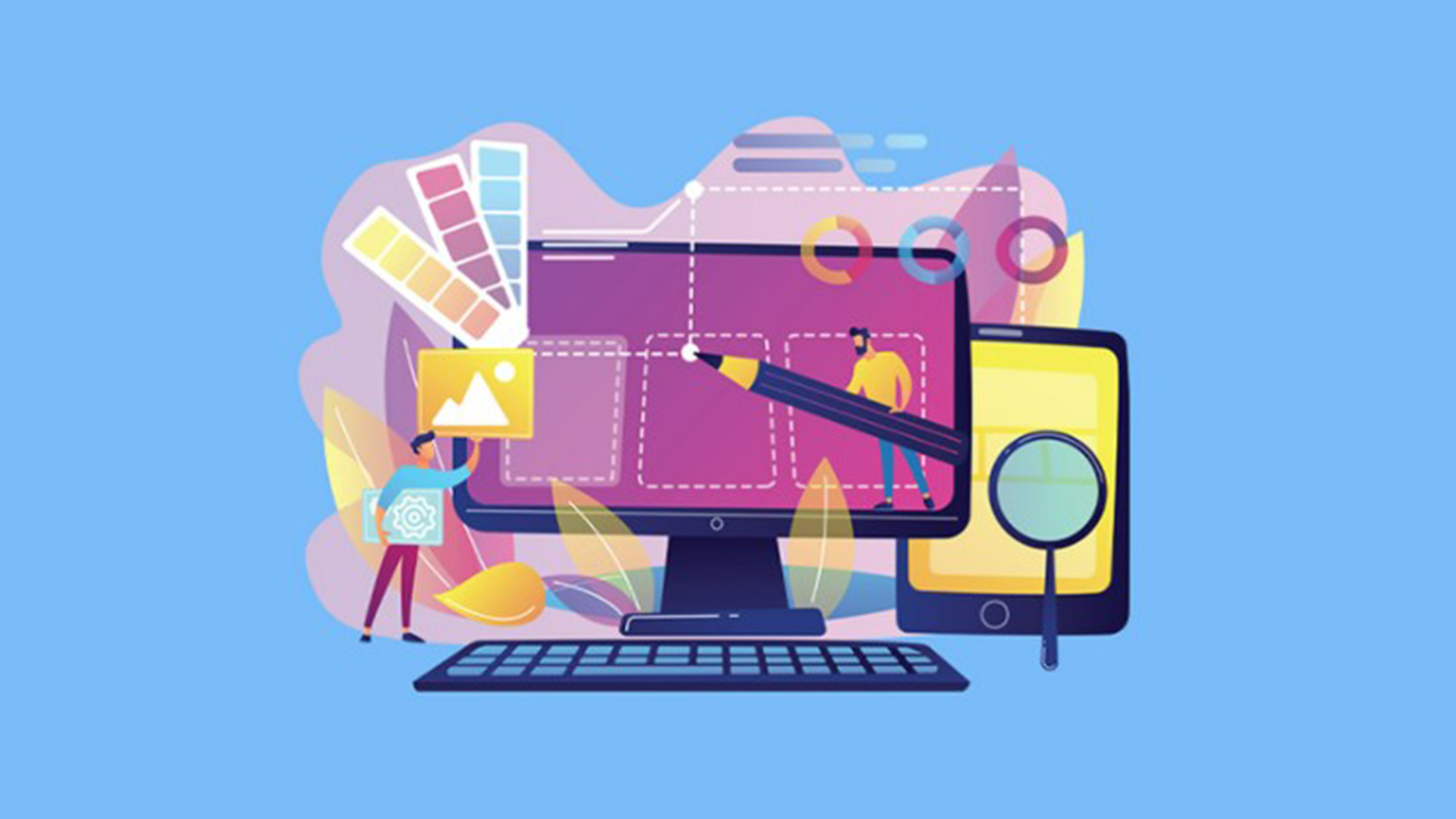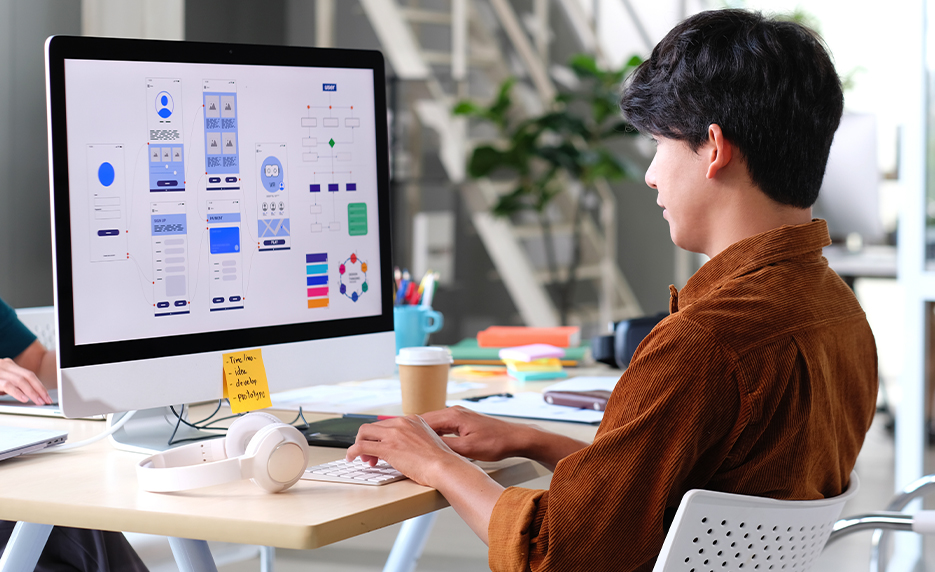All Categories
Featured
Table of Contents
- – Redtree Web Design - Pittsburgh Tips and Tricks:
- – Web Designer: Learn The 9 Skills You Need In ...
- – Web Design Tutorials By Envato Tuts+ Tips and...
- – Web Design - Uci Division Of Continuing Educa...
- – Siteinspire - Web Design Inspiration Tips and...
- – Html Responsive Web Design - W3schools Tips a...
- – What Can I Do With A Web Design And Developm...
- – Minneapolis Web Design - 100+ Five Star Revi...
- – Web Design Definition - Techterms Tips and T...
- – Web Design Scholarship - Nyc Digital Marketi...
- – Learn Web Design With Online Courses, Classe...
Redtree Web Design - Pittsburgh Tips and Tricks:
Quick summary Use and the utility, not the visual design, determine the success or failure of a site. Considering that the visitor of the page is the only person who clicks the mouse and therefore chooses whatever, user-centric style has developed as a basic approach for effective and profit-oriented website design - web design frederick md.
and the utility, not the visual style, determine the success or failure of a site. Considering that the visitor of the page is the only individual who clicks the mouse and for that reason decides whatever, user-centric style has ended up being a standard approach for effective and profit-oriented web style. After all, if users can't use a feature, it may also not exist.
g. where the search box should be positioned) as it has actually currently been carried out in a number of articles; instead we focus on the techniques which, used effectively, can result in more advanced style decisions and simplify the process of viewing provided information. Please discover that you might be thinking about the usability-related short articles we've published before: Concepts Of Great Site Style And Efficient Web Style Standards, In order to use the concepts correctly we first need to comprehend how users communicate with websites, how they think and what are the fundamental patterns of users' behavior.
Web Designer: Learn The 9 Skills You Need In 2022 - Skillcrush Tips and Tricks:
Visitors glance at each brand-new page, scan some of the text, and click the first link that captures their interest or slightly looks like the important things they're looking for. There are big parts of the page they do not even look at. Most users browse for something fascinating (or beneficial) and clickable; as quickly as some appealing candidates are found, users click.
If a page supplies users with premium content, they are willing to jeopardize the material with ads and the design of the website. This is the reason why not-that-well-designed websites with premium content acquire a lot of traffic over years. Content is more crucial than the style which supports it.

Users do not check out, they scan. Notice how "hot" areas abrupt in the middle of sentences. This is common for the scanning process. Extremely simple principle: If a website isn't able to meet users' expectations, then designer stopped working to get his task done properly and the business loses cash. The higher is the cognitive load and the less instinctive is the navigation, the more willing are users to leave the site and search for options.
Web Design Tutorials By Envato Tuts+ Tips and Tricks:
Neither do they scan website in a direct style, going sequentially from one website area to another one. Rather users satisfice; they choose the first sensible option. As quickly as they find a link that appears like it might lead to the goal, there is an excellent opportunity that it will be right away clicked.
It does not matter to us if we comprehend how things work, as long as we can utilize them. If your audience is going to imitate you're creating signboard, then style terrific billboards." Users desire to be able to manage their internet browser and depend on the consistent information presentation throughout the site.
If the navigation and website architecture aren't instinctive, the variety of question marks grows and makes it harder for users to understand how the system works and how to obtain from point A to point B. A clear structure, moderate visual hints and quickly identifiable links can help users to discover their course to their goal.
Web Design - Uci Division Of Continuing Education Tips and Tricks:

claims to be "beyond channels, beyond products, beyond circulation". What does it indicate? Because users tend to explore sites according to the "F"-pattern, these 3 declarations would be the first aspects users will see on the page once it is loaded. Although the design itself is simple and user-friendly, to comprehend what the page has to do with the user requires to look for the response.
As soon as you've accomplished this, you can interact why the system is useful and how users can gain from it. Individuals won't use your web site if they can't discover their method around it. 2. Do Not Squander Users' Persistence, In every project when you are going to offer your visitors some service or tool, try to keep your user requirements minimal.
First-time visitors want to, not filling long web types for an account they may never ever utilize in the future. Let users check out the site and find your services without forcing them into sharing personal information. It's not reasonable to require users to get in an email address to check the feature.
Siteinspire - Web Design Inspiration Tips and Tricks:
And that's what you want your users to feel on your web website. The registration can be done in less than 30 seconds as the kind has horizontal orientation, the user doesn't even require to scroll the page.
A user registration alone is adequate of an obstacle to user navigation to cut down on incoming traffic. Manage To Focus Users' Attention, As sites supply both static and dynamic material, some aspects of the user interface bring in attention more than others do.
Focusing users' attention to specific locations of the site with a moderate usage of visual components can help your visitors to receive from point A to point B without thinking about how it in fact is supposed to be done. The less enigma visitors have, the they have and the more trust they can establish towards the company the site represents.
Html Responsive Web Design - W3schools Tips and Tricks:
Make Every Effort For Feature Exposure, Modern web designs are typically criticized due to their technique of directing users with visually appealing 1-2-3-done-steps, large buttons with visual effects and so on. From the style point of view these elements really aren't a bad thing.
The site has 9 main navigation options which are noticeable at the very first glimpse. The option of colors might be too light, though. is a basic concept of successful interface style. It does not actually matter how this is attained. What matters is that the material is well-understood and visitors feel comfy with the method they engage with the system.
Instead a rate: just what visitors are looking for. An ideal solution for effective writing is touse brief and succinct expressions (come to the point as quickly as possible), usage scannable layout (categorize the content, utilize numerous heading levels, use visual elements and bulleted lists which break the circulation of uniform text blocks), use plain and unbiased language (a promotion does not require to sound like ad; offer your users some sensible and objective factor why they should use your service or stay on your site)6.
What Can I Do With A Web Design And Development Degree? Tips and Tricks:
Users are hardly ever on a website to take pleasure in the design; furthermore, in many cases they are searching for the information regardless of the style - web design frederick md. Pursue simplicity instead of intricacy. From the visitors' point of view, the very best site design is a pure text, with no advertisements or further content blocks matching precisely the inquiry visitors utilized or the material they have actually been searching for.
Finch plainly provides the details about the site and provides visitors an option of options without overcrowding them with unnecessary material. 7. Don't Be Scared Of The White Area, In fact it's truly difficult to overestimate the significance of white area. Not only does it assist to for the visitors, however it makes it possible to view the details presented on the screen.
Complex structures are more difficult to check out, scan, analyze and work with. If you have the choice between separating two design sections by a noticeable line or by some whitespace, it's typically much better to utilize the whitespace solution. (Simon's Law): the better you manage to offer users with a sense of visual hierarchy, the much easier your material will be to perceive.
Minneapolis Web Design - 100+ Five Star Reviews - Seo ... Tips and Tricks:
The very same conventions and rules need to be applied to all elements.: do the most with the least quantity of cues and visual aspects. Clarity: all components ought to be created so their significance is not unclear.
Conventions Are Our Friends, Traditional style of site aspects does not lead to an uninteresting web website. In reality, as they decrease the discovering curve, the need to determine how things work. It would be an usability problem if all websites had different visual presentation of RSS-feeds. That's not that various from our regular life where we tend to get utilized to basic concepts of how we arrange information (folders) or do shopping (positioning of items).
comprehend what they're expecting from a website navigation, text structure, search placement etc. A case in point from use sessions is to equate the page in Japanese (assuming your web users do not know Japanese, e. g. with Babelfish) and supply your use testers with a job to find something in the page of different language.
Web Design Definition - Techterms Tips and Tricks:
Test Early, Test Frequently, This so-called TETO-principle ought to be applied to every web style job as functionality tests typically provide into considerable issues and issues related to a provided design. Test not too late, not too little and not for the incorrect reasons.
Some crucial indicate remember: according to Steve Krug, and screening one user early in the project is much better than testing 50 near the end. Accoring to Boehm's very first law, errors are most regular during requirements and style activities and are the more costly the later on they are gotten rid of.
That implies that you create something, test it, repair it and then test it again. There might be problems which have not been found throughout the first round as users were virtually obstructed by other problems.
Web Design Scholarship - Nyc Digital Marketing Agency Tips and Tricks:

This holds for designers. After you have actually dealt with a site for couple of weeks, you can't observe it from a fresh viewpoint any longer. You know how it is built and for that reason you understand precisely how it works you have the wisdom independent testers and visitors of your website wouldn't have.
It can be connected to other areas such as graphic style, user experience, and multimedia arts, but is more aptly seen from a technological standpoint. It has become a large part of individuals's everyday lives. It is tough to imagine the Internet without animated graphics, various styles of typography, background, videos and music.

During 1991 to 1993 the World Wide Web was born. Text-only pages could be seen utilizing a basic line-mode internet browser. In 1993 Marc Andreessen and Eric Bina, produced the Mosaic browser. At the time there were several web browsers, however the bulk of them were Unix-based and naturally text heavy. There had actually been no integrated technique to graphic design aspects such as images or noises.
Learn Web Design With Online Courses, Classes, & Lessons Tips and Tricks:
The W3C was created in October 1994 to "lead the Web to its full potential by establishing typical protocols that promote its evolution and guarantee its interoperability." This prevented any one company from monopolizing a propriety internet browser and shows language, which might have changed the impact of the Internet as a whole.
As this has actually taken place the innovation of the web has actually also moved on. There have actually likewise been significant modifications in the method people use and access the web, and this has actually changed how websites are designed.
Learn more about Lovell Media Group LLC or TrainACETable of Contents
- – Redtree Web Design - Pittsburgh Tips and Tricks:
- – Web Designer: Learn The 9 Skills You Need In ...
- – Web Design Tutorials By Envato Tuts+ Tips and...
- – Web Design - Uci Division Of Continuing Educa...
- – Siteinspire - Web Design Inspiration Tips and...
- – Html Responsive Web Design - W3schools Tips a...
- – What Can I Do With A Web Design And Developm...
- – Minneapolis Web Design - 100+ Five Star Revi...
- – Web Design Definition - Techterms Tips and T...
- – Web Design Scholarship - Nyc Digital Marketi...
- – Learn Web Design With Online Courses, Classe...
Latest Posts
Web Design And Development - Invision Tips and Tricks:
Arch Web Design: Top-rated Web Design Agency For Saas ... Tips and Tricks:
Web Design Certificate - Web Development Certificate Program Tips and Tricks:
More
Latest Posts
Web Design And Development - Invision Tips and Tricks:
Arch Web Design: Top-rated Web Design Agency For Saas ... Tips and Tricks:
Web Design Certificate - Web Development Certificate Program Tips and Tricks: